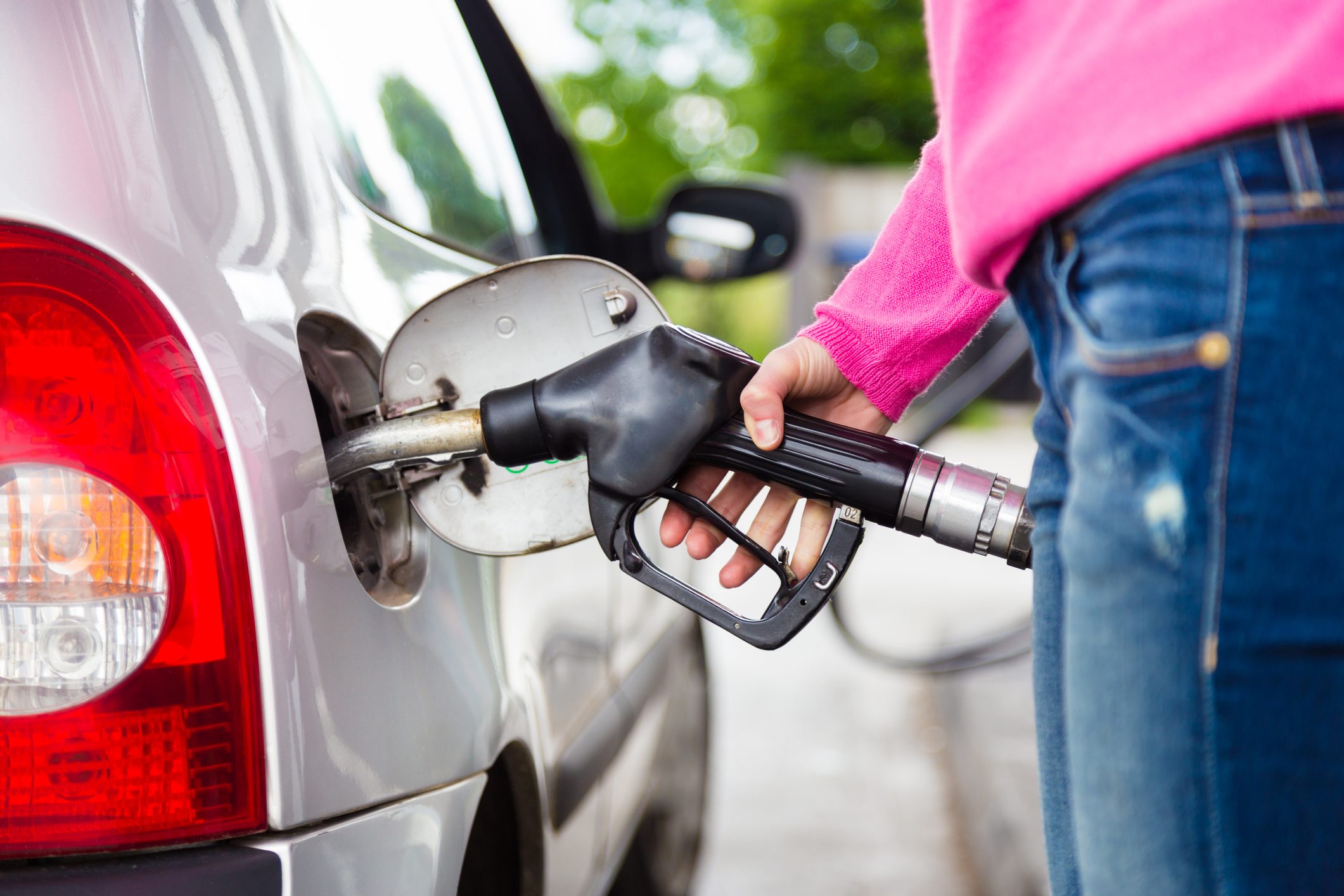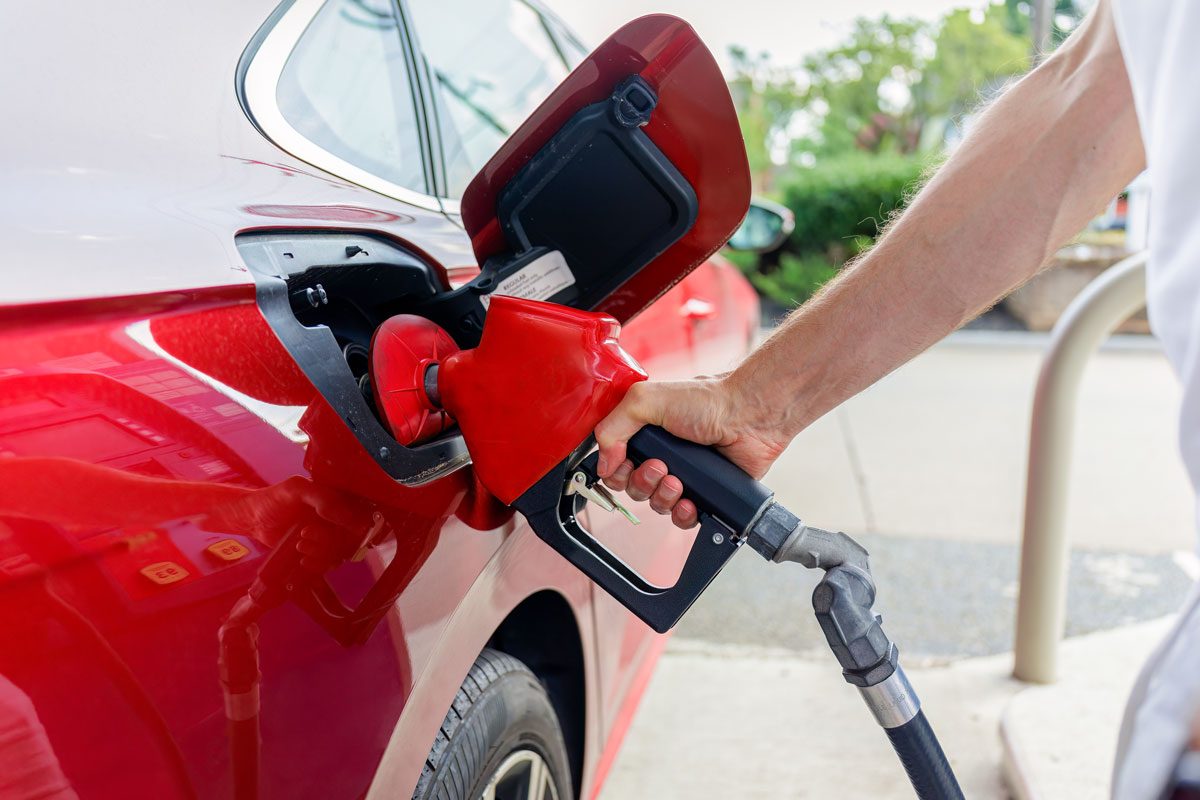No matter what kind of car you drive, gas pumps can tell when your tank is full. So how does the gas pump know when to stop?

How Does the Gas Pump “Know” When to Stop?

If you tend to fill up your car’s gas tank rather than paying for a specific amount of gas, you’re familiar with the thud that the pump makes when it shuts off. Once you hear that, you know your tank is full and you can replace the nozzle. But how does it know when the tank is full? How does the gas pump know when to stop?
Gas pump sensor technology relies on a deceptively simple mechanism that makes filling up safer as well as more convenient. Reader’s Digest spoke to Jake McKenzie, a lead content analyst with Genuine Parts Company, to understand more about how fuel pumps stop automatically.
Get Reader’s Digest’s Read Up newsletter for more fun facts, travel, tech, entertainment and humor all week long.
How does the gas pump know when your car’s tank is full?
It’s due to a mechanical sensor located within the nozzle, and something called the Venturi effect.
When you fill your tank with gas, it displaces the air that’s in the tank. “The more gas goes in, the more air must come out,” McKenzie says. “It comes out through a small pipe located just inside the gas nozzle.” McKenzie compares it to holding your thumb over a garden hose, which increases the pressure of the water inside and causes the water leaving to spray out at an even greater velocity. But in this case, it’s air.
“This expelled air brings with it a pressure that’s strong enough to hold the valve in the open position,” McKenzie says. Eventually the gas in your tank rises high enough to reach the nozzle, blocking the opening where the air was escaping. When the gas reaches the nozzle, it creates “a small suctioning force (known as the Venturi effect) that switches the valve to the off position,” McKenzie explains.
What happens if you keep pumping gas after it stops?

“Topping off” your tank is a potentially dangerous gas-pumping mistake. While you may think that a couple extra drops of gas won’t do any damage, that’s not the case. Modern cars have what’s called a vapor recovery system to reduce the amount of fuel vapor that leaks into the air. If you overfill your tank, you could contaminate the carbon filter with gasoline—potentially damaging your car’s engine.
Topping off also runs the risk of fuel spillage, which can harm the environment and potentially spark a fire at the pump. In addition, most gas stations have vapor recovery systems, too. So, you’re not even getting those last few cents’ worth of gas in your already-full tank—it’s going back to the gas station.
About the expert
|
Why trust us
At Reader’s Digest, we’re committed to producing high-quality content by writers with expertise and experience in their field in consultation with relevant, qualified experts. We rely on reputable primary sources, including government and professional organizations and academic institutions as well as our writers’ personal experiences where appropriate. We verify all facts and data, back them with credible sourcing and revisit them over time to ensure they remain accurate and up to date. Read more about our team, our contributors and our editorial policies.
Sources:
- Jake McKenzie, lead content analyst for Genuine Parts Company
- Bennington Chevrolet: “Why You Should Avoid Topping Off Your Car”






















